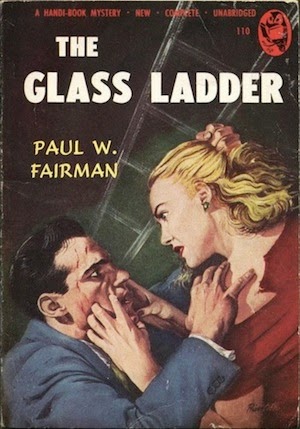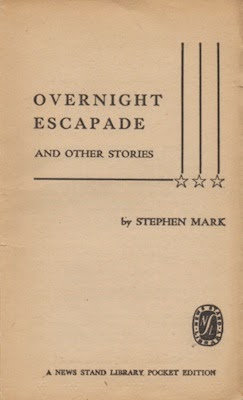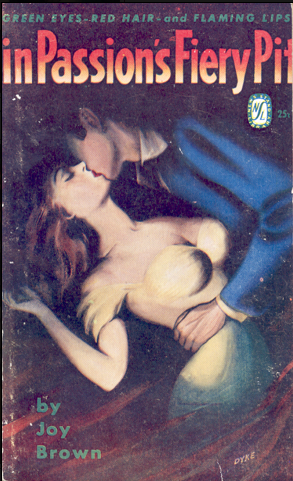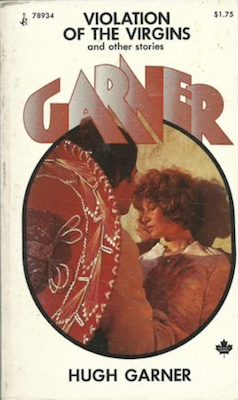 |
In November 1949, when the novel first appeared, Dorchester was a centre of Montreal's nightlife. Five years later, scores of building were razed under moralizing mayor Jean Drapeau. The street became an eight-lane boulevard with no curb appeal. I'm not sure this Montrealer has walked so much as four or five blocks along its barren sidewalks.
 |
| The corner of René-Lévesque and Beaver Hill, November 2022 |
The heroine of Sugar-Puss on Dorchester Street is Gisele Lepine, an eighteen-year-old farm girl "fresh as the cool clean air of her Laurentian village." She was first depicted by D. Rickard on the cover of the first edition.
Draw your eyes away from Gisele, if you can, and you'll see on the right a sign for The Breakers, which was modeled on Slitkin & Slotkin, a Dorchester bar and grill located between Drummond and Mountain.
When first published, Sugar-Puss on Dorchester Street was being sold as 'The Best Selling Novel of Montreal,' though it had yet to move a copy.
I expect it did better than the average average New Stand Library title because three months later it published an edition intended for the American market. For this cover, NSL turned to Sid Dyke, who would later do work for Harlequin. The title was unchanged, though the cover image relies on the reader to put it together.
This scene, with Gisele and her newspaperman lover Jimmy Holden, does not feature in the novel. I should add that at no point is the Laurentian country girl shown to be a smoker.
What's most fascinating in the publisher's short-lived excursion into the American market was the decision to use dust jackets. They covered entirely different illustrations, some of which had been made exclusively for export to the United States. Such was the case with Sugar-Puss on Dorchester Street.
This jacket illustration hid Dyke's Sugar-Puss:
What's most fascinating in the publisher's short-lived excursion into the American market was the decision to use dust jackets. They covered entirely different illustrations, some of which had been made exclusively for export to the United States. Such was the case with Sugar-Puss on Dorchester Street.
This jacket illustration hid Dyke's Sugar-Puss:
Sadly, the illustrator is unknown. A clue as to who it might be is found in the bright lights of the big city. The Breakers is back – it doesn't feature in the Dyke illustration – but look to the left and you'll see The Gayety. When Sugar-Puss on Dorchester Street was published, it was the club in which Lili St. Cyr performed.
The Gayety is never mentioned in the novel, so how did the nightclub make it into this illustration? Was the artist a Montrealer, or just one of the thousands who visited Canada's sin city? What to make of the fact that the Gayety was on St Catherine not Dorchester?
This summer, as stock in the Ricochet's Sugar-Puss on Dorchester Street was reaching an end and reprint was imminent, I suggested replacing the cover. We'd been using a version of the original altered by J.W. Stewart.
We settled on the dust jacket. Brian Morgan did some cleaning and punched up "ON DORCHESTER STREET."
This is all to say that Ricochet's new Sugar-Puss on Dorchester Street has just been released.
Consider it the 75th anniversary edition.
Related post:



























































